I’m tired of the No-kill debate.
Yes, the tenets are great, and yes, they save lives. And yes, they have brought us sooooo far. But fixating on these words and the random 90% threshold for No-kill, is not moving us forward.
I’m sick in my heart at the policies and practices that achieve life-saving on paper, but not in the real world. They are exacerbating the problem.
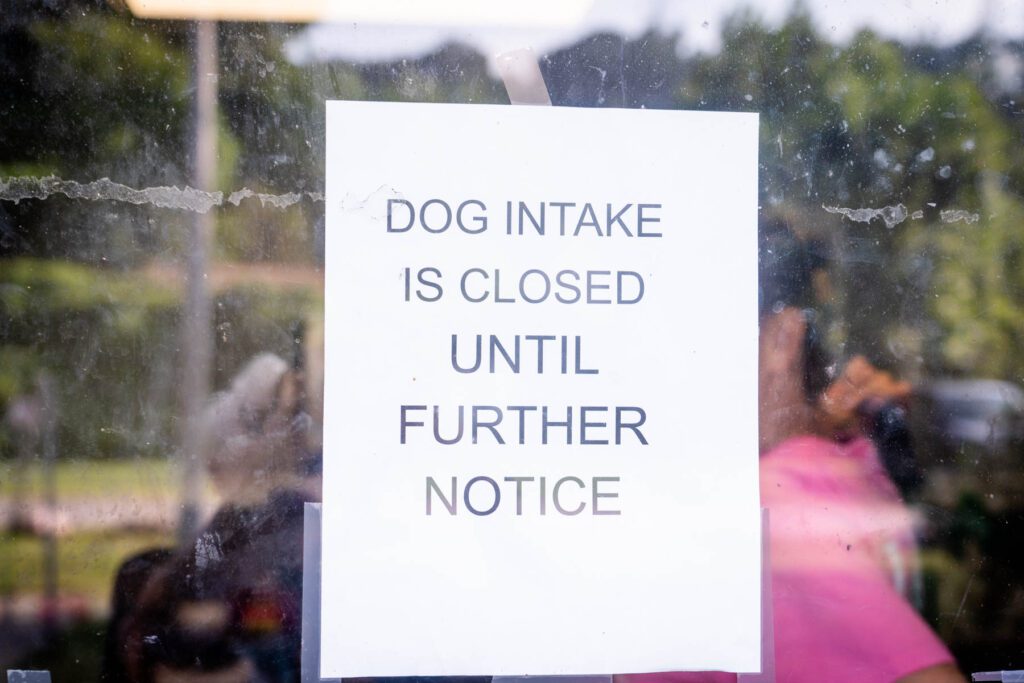
More than that, I believe that solving our animal welfare crisis does not depend on the shelters or even their particular practices. This is not their problem to solve. They are a resource; they are not solely responsible for saving all the animals in their community.
The Challenge Belongs to the Community
The challenge of humane animal welfare belongs to the community. Shelters can and should care for and adopt out animals. They should also educate and support pet owners and be a refuge for ANY animal in need, not just for the animal’s sake, but for the community’s.
That community must be an integral part of the solution — a shelter cannot solve its animal crisis through its own efforts. They need the community to not just support their work but to be engaged in it. Too often, shelters see the community as the source of the problem when, in reality, they are the solution.
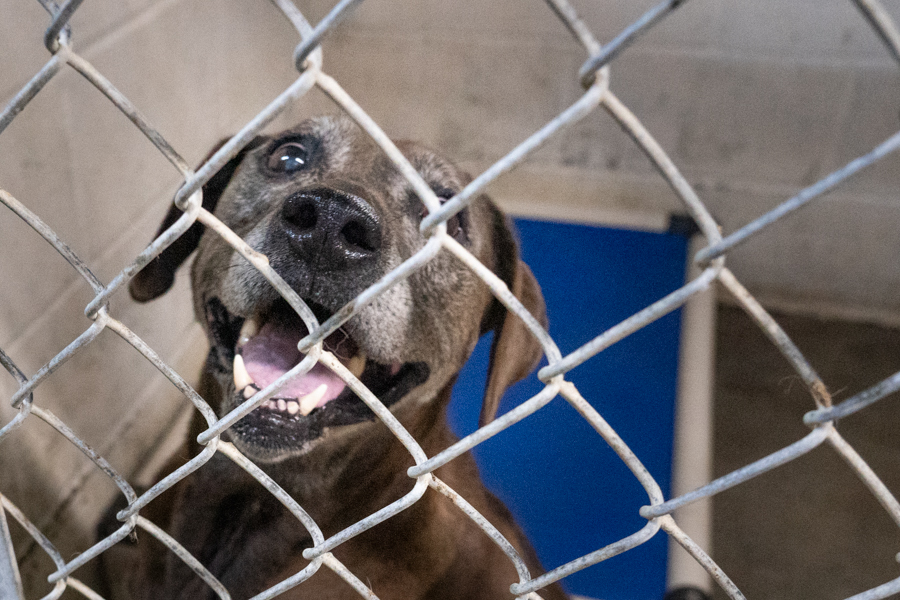
Having now made over 175 visits to shelters and rescues in 13 states, I can say that every community we’ve visited has unique challenges, resources, ordinances, attitudes, and people. But the animals and what they need (humane care, safety, medical care, and forever homes) are essentially the same. The answers will be different in every community.
Solution to Animal Shelter Crisis
WWLDO believes that the solution to our current animal crisis is creating sustainable animal shelters that are supported by and serve their communities. Period. Full stop.
Instead of talking about numbers, let’s talk about how we create that kind of animal shelter. The resources, ideas, energy, and people needed to do that come from the community it serves. As I wrote about extensively in the book, Who Will Let the Dogs Out: Stories and Solutions for Shelters and Rescues, it comes down to three things:
- Leadership committed to saving lives. That doesn’t mean leadership committed to saving 90% of the lives. Maybe they can, maybe they can’t. It is situationally dependent. It means leadership willing to try new ideas, develop solutions that work for their community, and partner with any person, organization, government office, or business to work together to save lives.
- Affordable, available veterinary access. This may be the one that varies the most from community to community. It may mean partnering with area veterinarians or mobile clinics. It may mean adding a veterinary clinic to the shelter. And this affordable, available veterinary access needs to be not just for shelter animals, but community pets too.
- A community fully engaged with the shelter. This means that the community is involved in every aspect of sheltering their animals. It should certainly include a foster program and make vast use of volunteers. It means teaching humane education, offering support to pet owners, even training classes, and social opportunities. It means creating ordinances and practices that support the work of the shelter and the kind of humane care the community wants for its animals.
The Animal Shelter Belongs to the Community
The animal shelter belongs to the community, and they are ultimately where the buck stops. Tax dollars and donations and ordinances and licensing, and maybe even luxury pet tax that fund the shelter all come from the community. The community can choose to fund a sustainable shelter that serves the animals and people, or they can choose to fund a holding facility that warehouses and/or kills dogs. They can also choose to do nothing and leave the challenge of animal welfare on the backs of nonprofits at best or the police operating a pound at worst.
The adopters, the volunteers, the foster homes, the rescues, the law-makers, the educators, the trainers, the funders, the creators, the you-name-it, that a shelter needs to solve its animal crisis can be found in its own community. There is no one-size-fits-all solution to be found anywhere. Communities must commit to solving their crisis and then work together to do it.
We created our Stronger Together initiative to bring communities together to solve their crisis. Our first official event is coming up on June 7 in South Georgia.
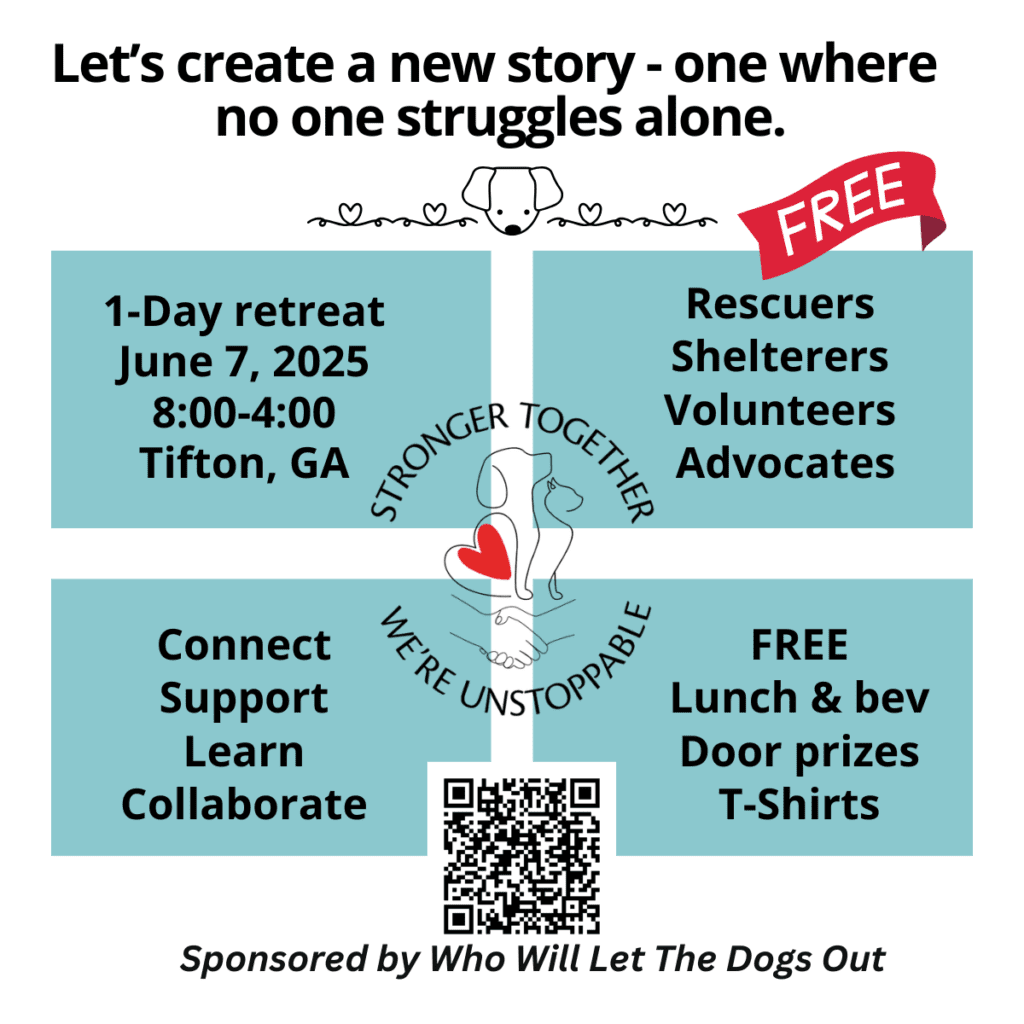
We’re inviting everyone who wants to be a part of the solution – shelter/rescue staff & volunteers, advocates, change-makers, community members, government officials, pretty much anyone who cares about solving the animal welfare crisis in their community.
We’ll spend a day talking about ideas and solutions, networking and building partnerships, and most of all, offering support for the people who are working hard and suffering greatly in this challenging time.
We’ll take the spotlight off shelters and put it on all of us – what can we do? How can we create a sustainable shelter system with and for our community?
I don’t have the answers. I’m not from South Georgia, so I don’t live their challenges. I do have one thing, though, and that’s belief. I believe they can solve their crisis. In fact, I believe they are the only ones who can.
If you’re in South Georgia, join us in Tifton on June 7 for an inspiring day of connecting with your dog-hearted community (I’m sure we’ll talk about cats too!). Register now for your FREE ticket.
And if you’d like us to bring Stronger Together to your community – reach out. We can facilitate it or give you the tools/resources to do it yourself.
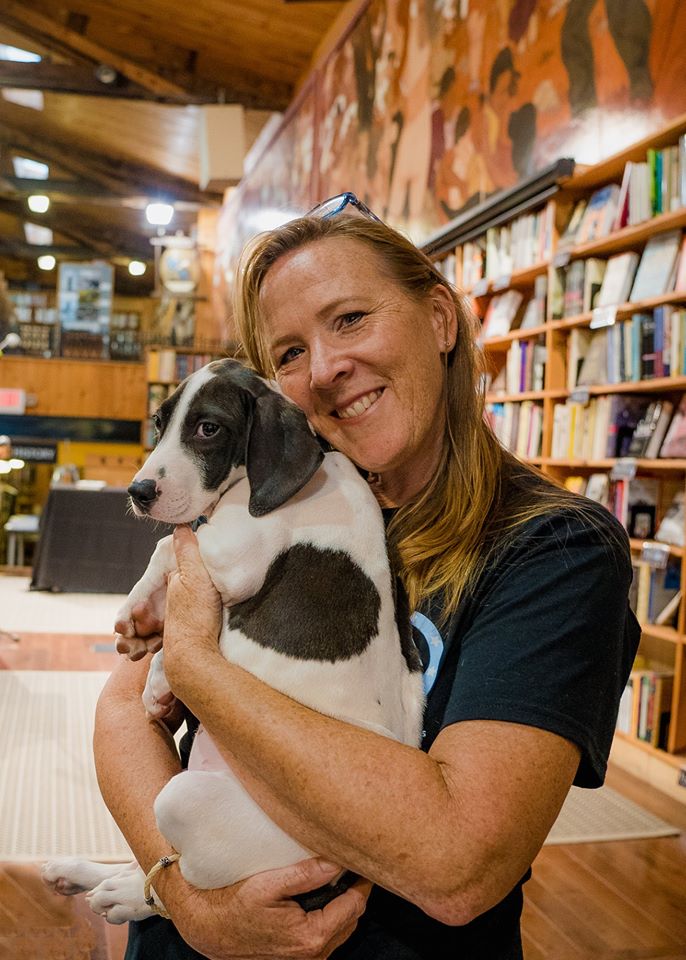
Cara
If you want to learn more, be sure to subscribe to our email list to get the latest stories and solutions delivered to your inbox. And help us spread the word by sharing this post with others. Visit our website to learn more.
You can also help raise awareness by following/commenting/sharing our content on Facebook, Instagram, YouTube, and Tik Tok.
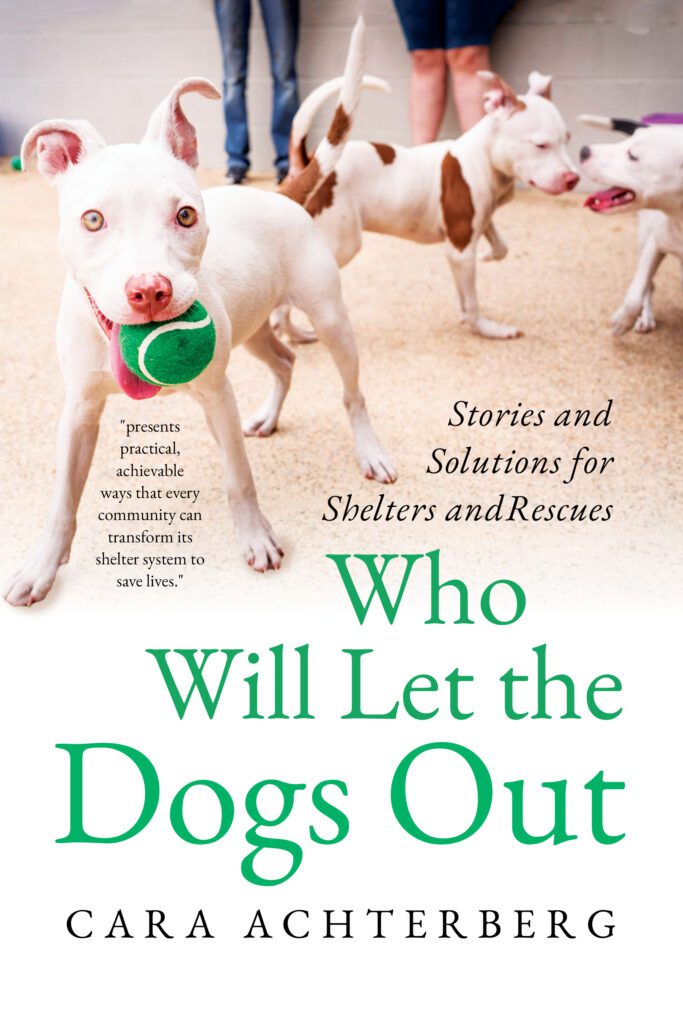
Who Will Let the Dogs Out: Stories and Solutions for Shelters and Rescues was published in January of 2025. It is filled with stories and ideas to help everyone be part of the solution. You can buy a hardback or paperback copy for yourself and/or buy a copy for a shelter or rescue through our website. It is also available on Amazon in paperback and ebook. We are looking for opportunities to share a presentation of the ideas in the book and facilitate conversations about how we can work together to find solutions for our shelters. If you have a dog-hearted group that would like to connect, contact Cara@wwldo.org.
To see our Emmy-nominated, award-winning short documentary, Amber’s Halfway Home, click here.
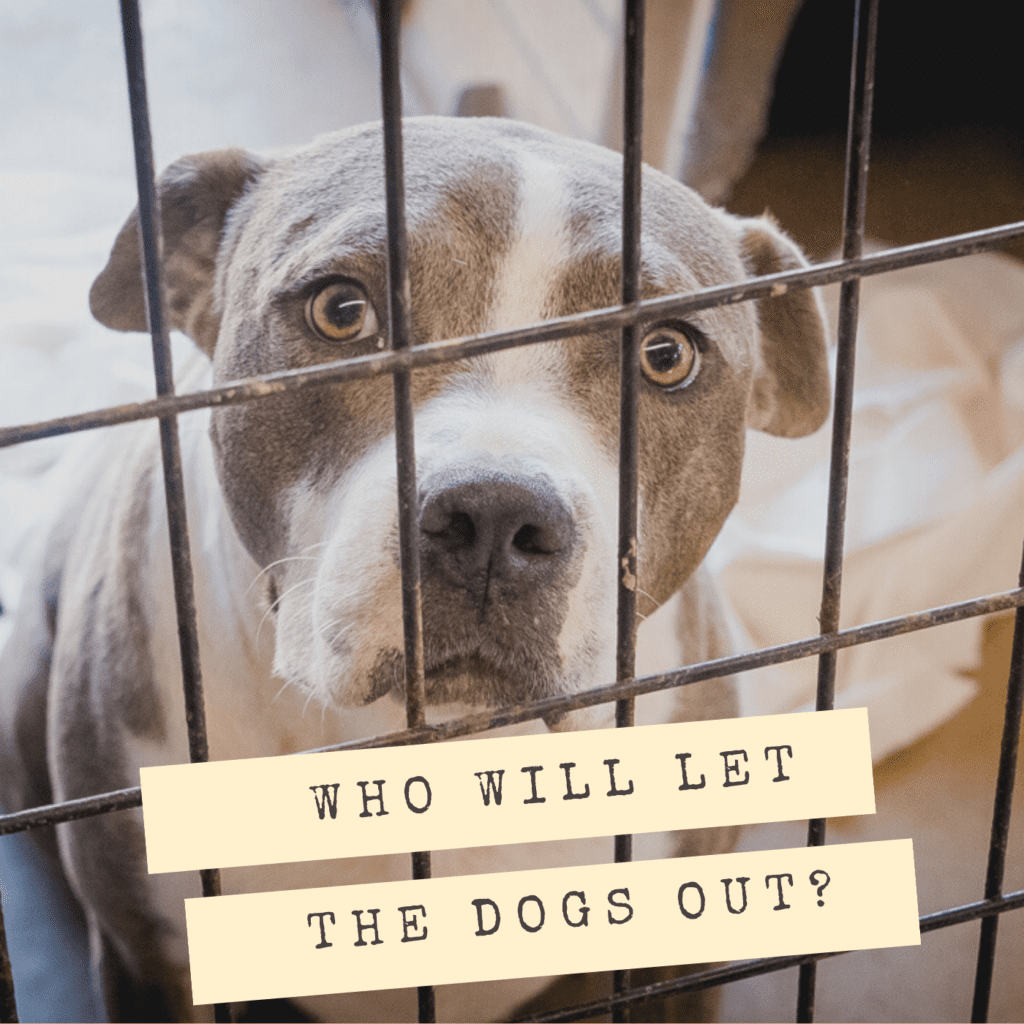
\Did you know we have a podcast? I’m working at getting regular episodes up, including the audio version of the new book (narrated with additional info), and interviews with shelter heroes we meet. Find the podcast on Spotify and other podcast services.
For more information on any of our projects, to talk about rescue in your neck of the woods, or partner with us, please email cara@WWLDO.org.
And for links to everything WWLDO, including volunteer application, wishlists, and donation options, check out our Linktree.



Yvonne
Amen to that!
Nicole Sandler
Thank you, Cara. I fully agree and support this and wish I lived closer to Georgia so that I could attend Stronger Together!
Cara Achterberg
Me too – hopefully when we get closer, you’ll be able to join us for a Stronger Together.
Nicole Sandler
Thank you, Cara. I fully agree and support this and wish I lived closer to Georgia so that I could attend Stronger Together!
Leah
What we’re doing now isn’t working. It’s like the No Kill shelter movement has absolved people of their responsibilities to their animals. Backyard breeders must also be discouraged somehow. People who have litters of pups to make a few bucks are a big issue in my area.
Cara Achterberg
100%. Too much of what we’re doing now is only enabling, and in some cases, worsening the problem. We have to work together to find real solutions. Thanks for reading!